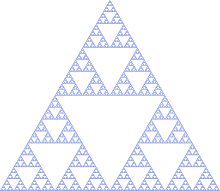![]() While solving a question given by my friend I found a problem in finding the real roots, I tried the question many times but I could not find any real solution of that equation.
The equation was:
$5x^2-5y^2-8xy-2x-4y+5=0$
Please help me to find its real solution
While solving a question given by my friend I found a problem in finding the real roots, I tried the question many times but I could not find any real solution of that equation.
The equation was:
$5x^2-5y^2-8xy-2x-4y+5=0$
Please help me to find its real solution
![]() Recently a new prime number has been discovered, which eliminates one of the six remaining candidates for the smallest Sierpinski numbers. So I was reading the wikipedia article about the Sierpinski number, where I came across what is called a covering set of primes for a Sierpinski number. Diffe...
Recently a new prime number has been discovered, which eliminates one of the six remaining candidates for the smallest Sierpinski numbers. So I was reading the wikipedia article about the Sierpinski number, where I came across what is called a covering set of primes for a Sierpinski number. Diffe...
About Sierpinski triangles: Express the areas of the shaded triangles in the $n$th stage as a sum of a geometric series.
How do I represent the increasing triangles as a partial sum of a geometric series?
Sierpinski triangles: The Sierpinski triangle iterates an equilateral triangle (stage 0) b...

« first day (1651 days earlier) ← previous day next day → last day (2677 days later) »
